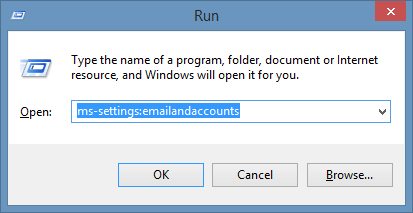

- NOW GENERALLY OPENJDK MICROSOFT OPEN SOURCE FOR FREE
- NOW GENERALLY OPENJDK MICROSOFT OPEN SOURCE UPDATE
- NOW GENERALLY OPENJDK MICROSOFT OPEN SOURCE CODE
- NOW GENERALLY OPENJDK MICROSOFT OPEN SOURCE LICENSE

NOW GENERALLY OPENJDK MICROSOFT OPEN SOURCE FOR FREE
NOW GENERALLY OPENJDK MICROSOFT OPEN SOURCE CODE
Stephen Colebourne has written a post summarizing the different JDK builds from the different vendors, and explaining how (and why) all these vendors provide different builds based off the same code (i.e. Some of these other vendors, for example, may continue to provide updates and/or support for Java 9 (which Oracle will not). For years, we’ve been used to using their JDK for free and so it has generally been our default, but there are other vendors who provide JDKs, and they have different support models (free and paid for), and different attitudes towards providing updates for different versions of Java. Having said that, Oracle is not the only vendor in this game.
NOW GENERALLY OPENJDK MICROSOFT OPEN SOURCE UPDATE
So, if you’re using Oracle’s OpenJDK build, you should be prepared to update to each new version of Java as it comes out (or run an older version that won’t get updates). What this means is now Java 11 is out Oracle will no longer be updating their OpenJDK builds for 10 or 9. If you’re using Oracle’s OpenJDK build, Oracle won’t be providing updates to past versions. There’s an important difference between these two builds though – if you’re using Oracle’s commercial JDK, you’ll get updates and support. Note that since Java 11, Oracle’s commercial JDK and Oracle’s OpenJDK builds are functionally the same, so we should be able to run our applications on either without having to make any changes or losing any features.


NOW GENERALLY OPENJDK MICROSOFT OPEN SOURCE LICENSE
From Java 11, Oracle has changed the license of their JDK, so instead of having a single JDK build which can be used either commercially (i.e. In the past, many of us simply downloaded Oracle’s JDK and used this in development, in testing, and in production. This warning is on the download page for Oracle’s commercial JDK – don’t ignore it! Changes to the Oracle JDK triage and bug reports) they expect for their version


 0 kommentar(er)
0 kommentar(er)
